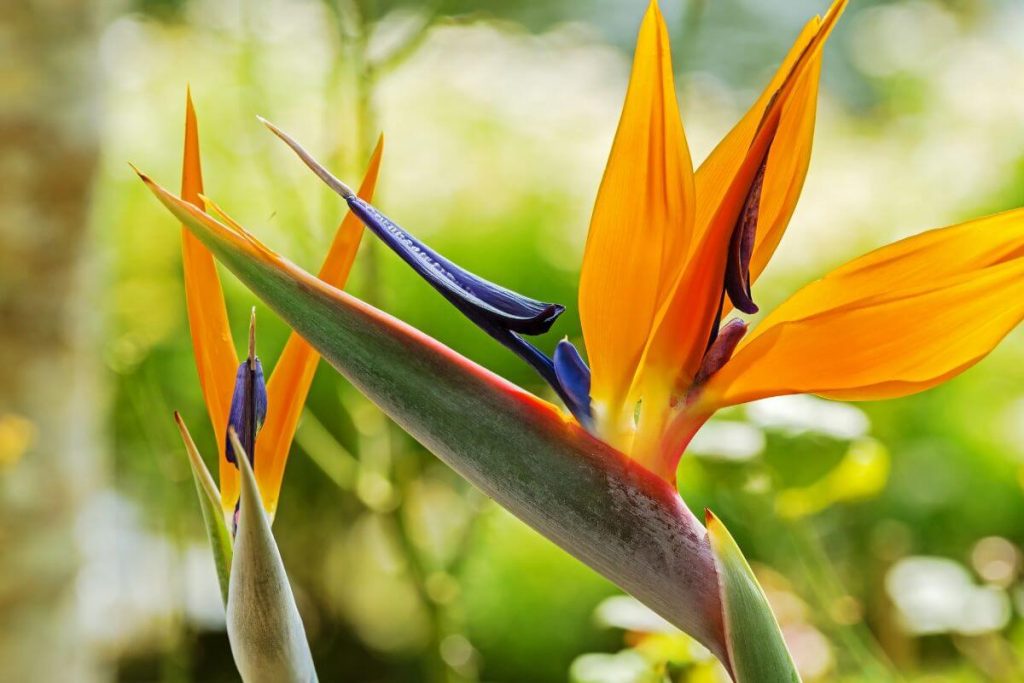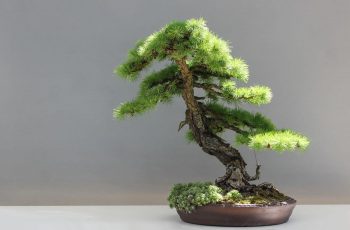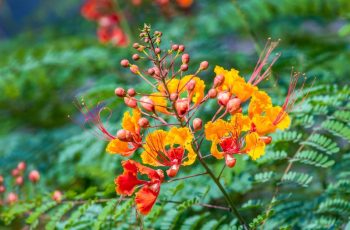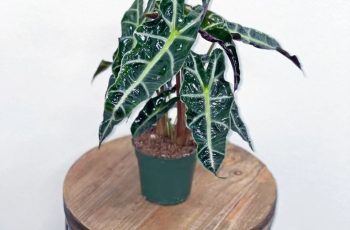Bird of Paradise plants add a tropical flair to any space with their vibrant colors and unique shapes. Named for their flowers resembling exotic birds from South Pacific myths, these plants are popular both indoors and outdoors.

Overview of Bird of Paradise Varieties
The Bird of Paradise belongs to two main genera:
- Strelitzia: A low-growing tropical plant related to bananas, known for its striking flowers.
- Caesalpinia: A thorny shrub or tree that thrives in arid environments.
Popular Varieties
- Strelitzia reginae (Orange Bird of Paradise): Known for its bright orange and blue flowers, this plant can grow 5-6 feet tall and thrives in full sun to partial shade. It blooms multiple times a year, producing stunning flowers that can last up to a week. Each spathe can hold several flowers, ensuring a colorful display almost year-round.
- Strelitzia nicolai (White Bird of Paradise): This larger species can reach up to 20 feet outdoors and is often seen as a great landscape plant. It features elegant white flowers and prefers full sun, thriving both indoors and outdoors. Its large, banana-like leaves add to its tropical appearance, making it a favorite in gardens.
- Caesalpinia mexicana (Mexican Bird of Paradise): A broad-leaved evergreen tree that produces clusters of yellow blooms resembling azaleas. It grows 15-25 feet tall and requires full sunlight to flourish. This variety is known for its resilience and can tolerate a range of soil types, making it suitable for various landscapes.
- Caesalpinia pulcherrima (Red Bird of Paradise): Known as the Pride of Barbados, this fast-growing shrub features vibrant red-orange flowers. It thrives in arid climates and can serve as a beautiful barrier plant due to its prickly stems. This variety attracts pollinators and adds a burst of color to any garden.
- Caesalpinia gilliesii (Yellow Bird of Paradise): This shrub showcases red or yellow azalea-like flowers and has fern-like leaves. It grows 7-10 feet tall and remains evergreen in warm climates. Known for its drought resistance, this variety is ideal for xeriscaping.
Care Tips for Bird of Paradise Plants
- Watering: Water frequently but allow the top 2-3 inches of soil to dry out between watering. Use well-draining soil to prevent root rot and ensure healthy growth. Signs of overwatering include yellowing leaves and wilting.
- Light Requirements: Most varieties need full sunlight. Insufficient light can lead to weak growth and lack of blooms, so place them in bright, sunny locations. Indoor plants benefit from being near south-facing windows.
- Common Problems: Watch for split or discolored leaves, which may indicate low humidity or overwatering. Adjust watering habits and ensure proper drainage to maintain plant health. Pests like spider mites can also be an issue; regular inspection and treatment with neem oil can help.
- Pruning: Regularly remove damaged or yellowing leaves and spent flower stalks to promote healthy growth and a tidy appearance. Pruning encourages new growth and allows for better air circulation.
- Propagation: Bird of Paradise can be propagated through rhizome division or seeds. Soak seeds for 24-48 hours before planting in moist soil, and cover to maintain humidity until they sprout. This process can take several months, but with patience, you’ll soon enjoy new plants.

In conclusion, Bird of Paradise plants are a stunning addition to any garden or indoor space. With proper care and attention to their specific needs, they can thrive and bring a touch of paradise to your home. Their vibrant beauty and unique shapes make them a rewarding choice for both novice and experienced gardeners alike. Whether you choose the classic Orange Bird of Paradise or the elegant White variety, these plants will enhance your surroundings and create a lively atmosphere.




